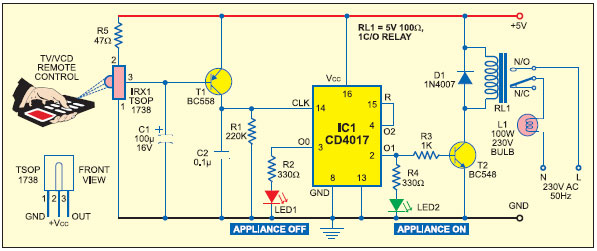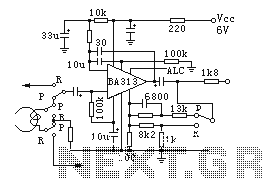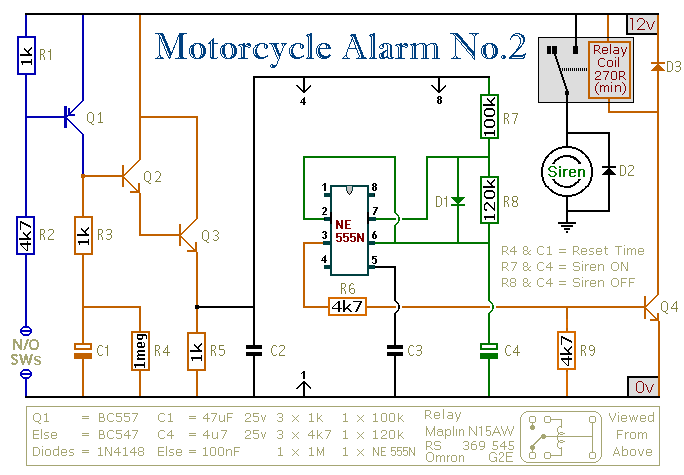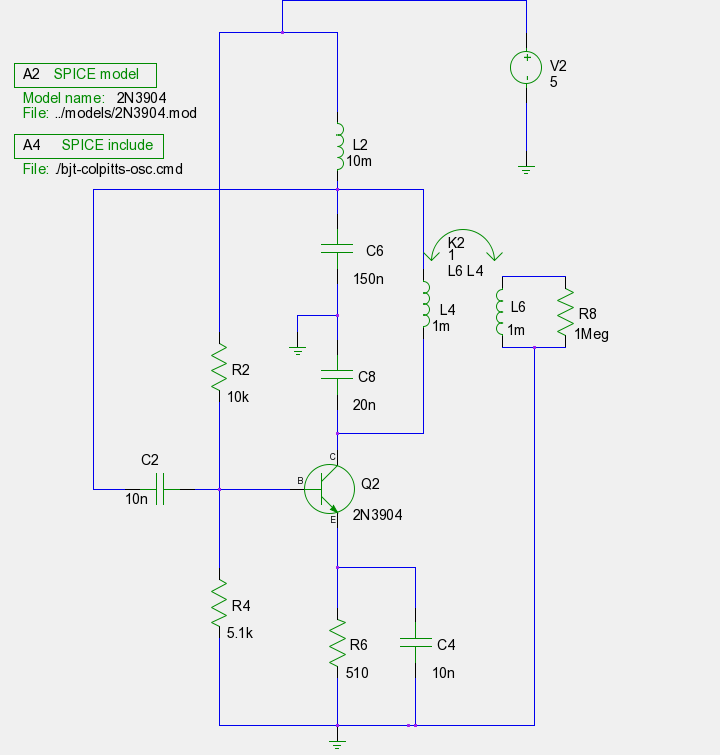
Touch potentiometer circuit
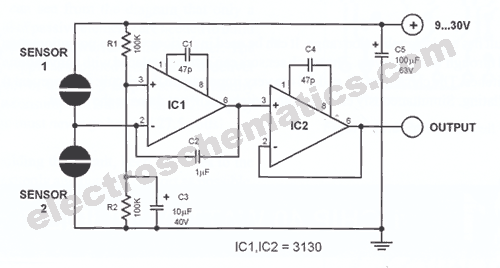
This sensitive touch potentiometer utilizes IC1 (CA3130), an operational amplifier known for its high input impedance. When a finger touches the Se1 sensor, C2...
This circuit design incorporates a touch-sensitive potentiometer that leverages the CA3130 operational amplifier to achieve high sensitivity and precision. The CA3130 is selected for its exceptional input impedance, which minimizes loading effects on the sensor and enhances the overall performance of the circuit.
The Se1 sensor acts as the primary interface for user interaction. Upon contact with a finger, the sensor generates a change in capacitance, which is detected by the operational amplifier. The output of the CA3130 is then processed to provide a corresponding voltage level that reflects the position of the touch.
Capacitor C2 plays a critical role in filtering and stabilizing the signal from the Se1 sensor. It helps to smooth out any noise and ensures that the output remains stable during operation. The combination of the high input impedance of the CA3130 and the capacitive touch sensing allows for a responsive and accurate user experience.
Additional passive components, such as resistors and additional capacitors, may be included in the circuit to set the gain of the operational amplifier, adjust the response time, and tailor the sensitivity of the touch detection. Proper selection and placement of these components are essential to optimize the performance of the touch potentiometer for various applications, such as in consumer electronics, automotive controls, or industrial interfaces.
In summary, this touch potentiometer circuit design effectively combines a high-impedance operational amplifier with a capacitive touch sensor to deliver a reliable and sensitive user interface.This sensitive touch potentiometer is based on IC1 (CA3130), one operational amplifier with a high input impedance. When the finger touches Se1 sensor, C2.. 🔗 External reference
This circuit design incorporates a touch-sensitive potentiometer that leverages the CA3130 operational amplifier to achieve high sensitivity and precision. The CA3130 is selected for its exceptional input impedance, which minimizes loading effects on the sensor and enhances the overall performance of the circuit.
The Se1 sensor acts as the primary interface for user interaction. Upon contact with a finger, the sensor generates a change in capacitance, which is detected by the operational amplifier. The output of the CA3130 is then processed to provide a corresponding voltage level that reflects the position of the touch.
Capacitor C2 plays a critical role in filtering and stabilizing the signal from the Se1 sensor. It helps to smooth out any noise and ensures that the output remains stable during operation. The combination of the high input impedance of the CA3130 and the capacitive touch sensing allows for a responsive and accurate user experience.
Additional passive components, such as resistors and additional capacitors, may be included in the circuit to set the gain of the operational amplifier, adjust the response time, and tailor the sensitivity of the touch detection. Proper selection and placement of these components are essential to optimize the performance of the touch potentiometer for various applications, such as in consumer electronics, automotive controls, or industrial interfaces.
In summary, this touch potentiometer circuit design effectively combines a high-impedance operational amplifier with a capacitive touch sensor to deliver a reliable and sensitive user interface.This sensitive touch potentiometer is based on IC1 (CA3130), one operational amplifier with a high input impedance. When the finger touches Se1 sensor, C2.. 🔗 External reference
